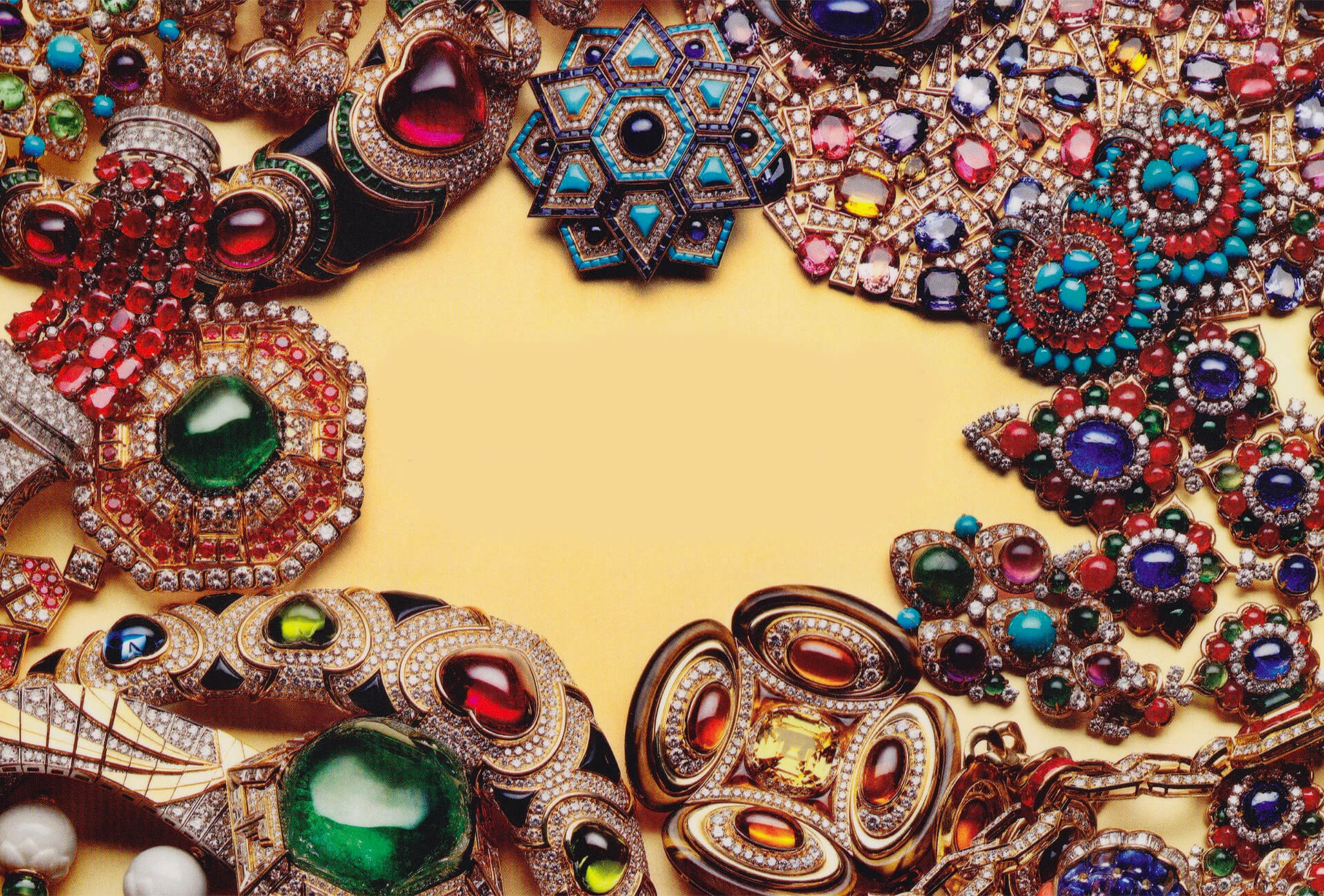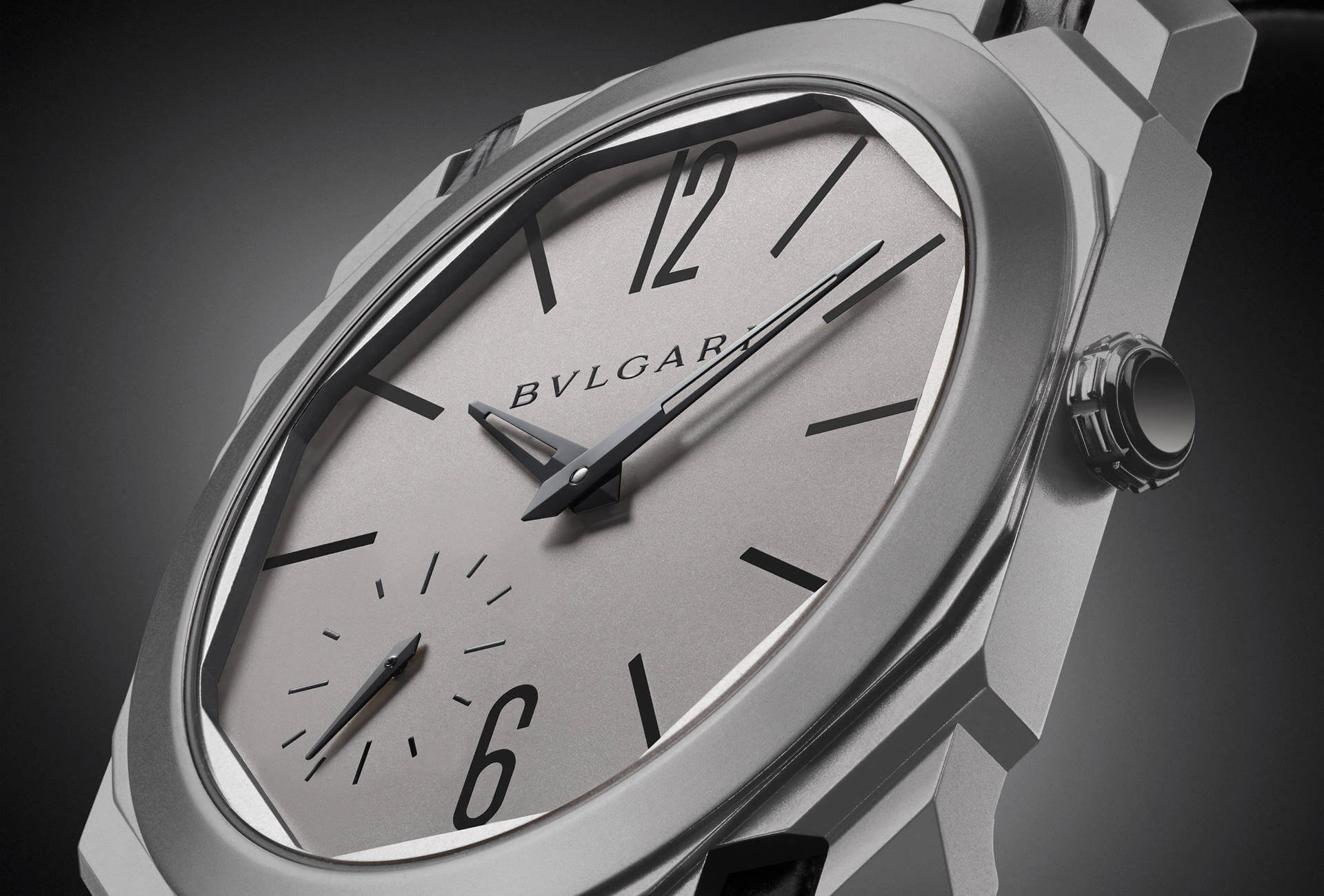For brands to survive in a digital world, a good reputation is no longer enough. Even the most respected names must find ways to establish themselves online. Italian luxury brand Bulgari has succeeded in using its key traits to become one of the first Fine Watch brands to build a strong social media presence, without compromising its Roman origins.
What's in a name?
But is it Bulgari or Bvlgari? The brand, whose logo is stylised to use a V rather than a U, used to go by both. Now, while its handles still use a U, its communication has moved entirely to the V spelling – a throwback to Ancient Rome when U and V were used interchangeably. Italian printers started differentiating between the two in the 1500s, although U did not become widely used until the eighteenth century. A very Roman brand, established in 1884, Bulgari taps into this Ancient Roman writing style for its logo – and even more so in the digital age when this trait has become a recognisable sign for the social media community. And what’s a V turned upside-down? An A, hence the brand has recently started flipping the V around to replace an A, as in its MAN fragrance.
A pioneering spirit
There is a significance to all this, as Coco Wu explains: “One of the most important functions of a logo is ‘expressing meaning.’ A logo, a brand’s most immediate representation of themselves to consumers, tells the brand’s positioning, concept, value and so much more.” Bulgari has been able to tie its signifier – the logo and the stylised U – and its signified – the brand itself – in a way few others have. Another example would be Louis Vuitton whose LV initials have become a recognisable sign, but haven’t been taken up by the online community to the same extent.
Bulgari was the first Fine Watch brand to promote a “See Now, Buy Now” campaign. Launched in March 2017 on WeChat, the campaign documented the Baselworld watch and jewellery show, attended by Chinese key opinion leader Kris Wu, who wore the latest Octo Finissimo Automatic watch, and CEO Jean-Christophe Babin. At the end of the campaign, viewers could enter the WeChat store to pre-order the watch. The Italian brand was also one of the first to use influencers to promote its omnichannel shopping service, from online shopping and live chat to delivery. For this, the brand worked with four influencers – Diona Ciobanu, Susie Bubble, Soraya Bakhtiar and Wendy Yu –, chosen for their strong narrative and interesting backstory.
A strategy tailored toward Chinese-speaking communities
When targeting the Chinese-speaking community, Bulgari doesn’t adapt a global campaign on a local level, but creates one from scratch that understands the culture, its behaviours and expectations. The most recent example was launched on WeChat and Weibo for the start of the Year of the Pig. The brand played on the word “jew”, as in “jewellery”, which has a similar sound to “zhu”, Chinese for “pig”. The ads rewrote idioms such as “pearl in the palm” (掌上明珠), meaning a beloved person, rendered as 掌上明JEW, to create a second meaning of having “a jewel in the hand”. Looking beyond the debate over the campaign’s insensitivity towards Jewish culture, this mix of Chinese characters and English sounds rethinks Chinese traditions in a smart way that shows the brand’s understanding of the culture.
In conclusion, Bulgari has made itself recognisable online thanks to some clever language tricks inspired by its Roman roots. It’s also been savvy in providing real-life experiences through its Bulgari hotels which, as Jean-Christophe Babin told the New York Times, provide a space to display the brand’s world beyond the limitations of the digital age.












